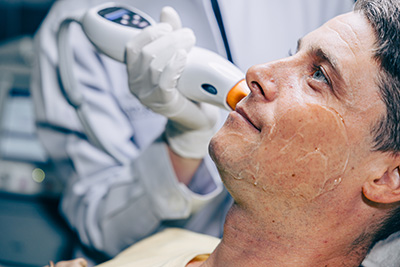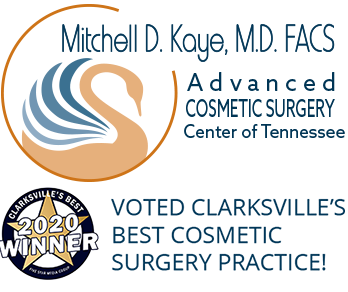Laser Resurfacing vs. Chemical Peels: A Comprehensive Guide

To choose between laser resurfacing and chemical peels for skin rejuvenation, consider your skin type, goals, and recovery time. Both treatments improve texture and signs of aging, but differ in application and recovery. This guide outlines their distinct benefits to aid your decision for a radiant complexion.
Understanding Laser Resurfacing
Laser resurfacing harnesses the power of concentrated light energy to achieve significant improvements in skin texture and appearance. This technology functions through a meticulously controlled process:
- Targeted Light Delivery: A specialized laser device emits a precise beam of light energy. This beam can be customized in terms of wavelength, depth of penetration, and intensity to target specific layers of the skin.
- Controlled Ablation: The laser energy interacts with the targeted skin tissue, causing a controlled vaporization of the outer layers. This process removes damaged cells and stimulates the underlying dermis, the deeper skin layer.
- Collagen Remodeling: The controlled injury triggered by laser ablation initiates the body’s natural healing response. This response includes increased production of collagen, a vital protein responsible for skin firmness and elasticity.
- Tissue Regeneration: As the body heals, new, healthier skin cells are generated, replacing the ablated tissue. This process leads to a smoother, tighter, and more youthful appearance.
Benefits:
- Deeper Treatment: Offers more dramatic results for deeper wrinkles and scars.
- Targeted Treatment: Can precisely target specific areas of concern.
- Faster Results: Visible improvements can be seen within days or weeks.
Considerations:
- Downtime: Requires significant recovery time with potential side effects like redness, swelling, and crusting.
- Cost: Generally more expensive than chemical peels.
- Skin Tone: May not be suitable for all skin types, especially darker skin tones.
Exploring Chemical Peels
Chemical peels offer a powerful yet non-surgical approach to achieving a brighter, smoother complexion. Unlike laser resurfacing, which utilizes light energy, chemical peels leverage the controlled application of chemical solutions. Here’s a breakdown of how they work:
- Chemical Selection: Depending on your specific skin concerns and desired level of exfoliation, a dermatologist will select an appropriate chemical solution. Common acids used in peels include glycolic acid, salicylic acid, lactic acid, and trichloroacetic acid (TCA).
- Targeted Application: The chosen chemical solution is meticulously applied to the targeted treatment area. The precise application ensures even distribution and controlled penetration into the desired layers of the skin.
- Controlled Cell Disruption: The chemical solution works by breaking down the bonds between dead skin cells and the underlying healthy cells. This controlled disruption loosens the outer layers of damaged skin.
- Exfoliation and Renewal: Following application, the treated skin may experience some controlled peeling, revealing the fresher, healthier layers beneath. This process promotes cell turnover and stimulates the production of collagen, leading to a smoother, more radiant complexion.
Benefits:
- Customizable treatment levels
- Improves a wide range of skin concerns
- Shorter recovery time for light and medium peels
Considerations:
- Deep peels require significant downtime
- Potential for changes in skin coloration
Making the Right Choice
Choosing between laser resurfacing and chemical peels depends on your specific skin concerns, lifestyle, and how much downtime you can afford. Laser resurfacing is ideal for those seeking substantial improvements in skin texture and tone with a willingness to undergo a longer recovery period. Chemical peels, on the other hand, offer a versatile range of treatments that can be tailored to meet different needs, with generally quicker recovery times for lighter peels.
Contact Us
Ready to rejuvenate your skin but unsure which path to take? Let us guide you through your skin rejuvenation options. Dr. Mitchell Kaye and his team at the Advanced Cosmetic Surgery Center are here to provide personalized advice on whether laser resurfacing or chemical peels are best suited for your unique skin needs.

